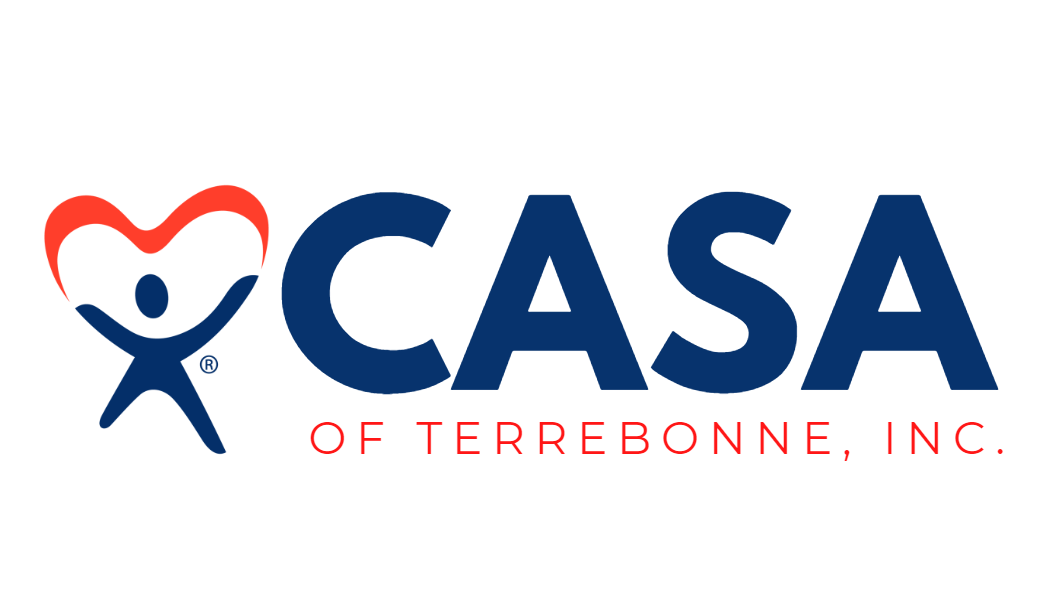
Developmental milestones are a set of goals or markers that a child is expected to achieve during maturation. They are categorized into 5 domains: gross motor, fine motor, language, cognitive, and social-emotional and behavioral. Milestones are tracked from birth to 5 years old. It is important to point out that children develop at their own pace and may not arrive at their milestones at the expected age, so the delay of arriving at particular milestones is not something to be alarmed about but something to watch for. Understanding and identifying the developmental milestones can help the provider more adeptly recognize delayed development, facilitating earlier interventions and improving outcomes.
We encourage our CASA volunteers who are advocating for any child from birth to five years old to familiarize themselves with these milestones to make recommendations for appropriate resources or interventions for the child. The following outline gives a brief summary of development milestones.
Typical Milestones
Six months: Stranger anxiety; Rolls over; begins to say consonants while babbling; brings things to mouth.
Nine months: Separation anxiety; "stands" on hands and feet, sits without support, crawls, pincer grasp; understands “no,” points with a finger, says “mama” or “baba;” plays “peek-a-boo.”
Twelve months: Puts out arm or leg when dressed, cries when familiar people leave; stands well; responds to simple commands, makes gestures, puts things in a cup and removes them, bangs things together.
Eighteen months: Engages in pretend play, kisses/hugs familiar people, walks alone, walks up steps, eats with utensils, says several individual words, points to one body part, scribbles with crayon, marker, or pen.
Two years: Begins playing with other children, parallel play; stands on tiptoes, kicks a ball, throws a ball overhand; two to four-word sentences, points to things in a book, strangers can understand 50% of language; stacks four or more blocks, follows two-step instructions.
Three years: Dresses/undresses self, copies others, takes turns; walks up and downstairs with one foot per stair, runs easily; strangers can understand 75% of language; stacks six or more blocks, turns pages in a book, pushes buttons and turns knobs.
Four years: Likes to play with others, more imaginative play; hops on one foot, can stand on one foot for two seconds, cuts with scissors; can recite a poem or sing songs, understands basic grammar; identifies some colors and numbers, draws a person with two to four body parts.
Five years: Differentiates between real and pretend, wants to be like friends; can stand on one foot for 10 seconds, can somersault; easily understood by others, tells stories, uses future tense; counts to 10, draws a person with six body parts, prints some letters and numbers.
Click here for a more detailed and in-depth explanation of the milestones.

